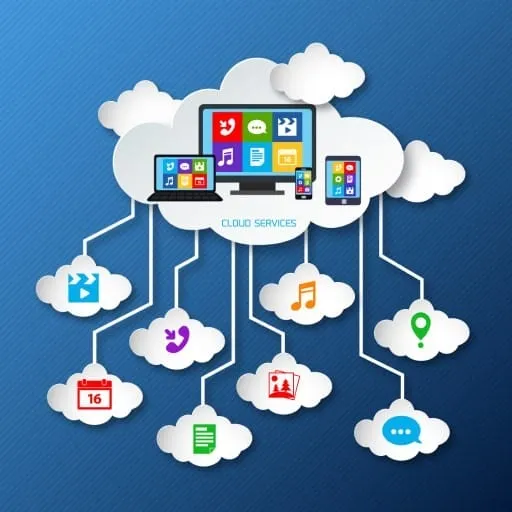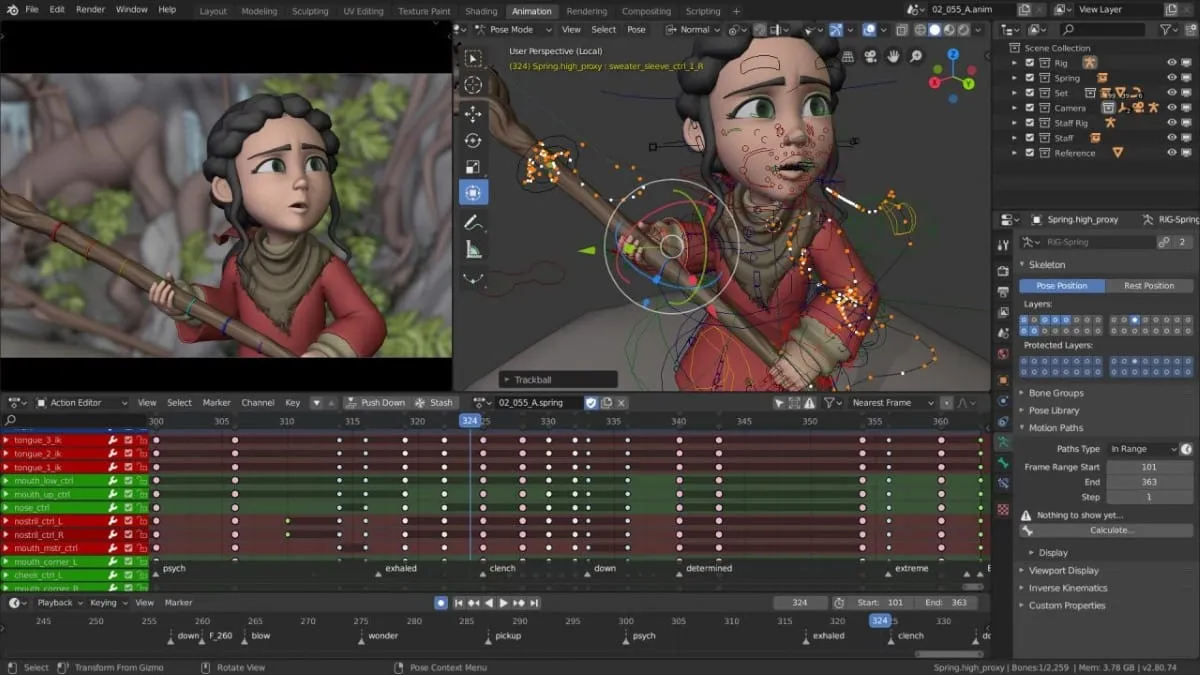Isla-Rose Carter
• 06.26.2025Software Behind Online Game Worlds

Understanding the Role of Software in Online Games
Online games are more than just entertainment—they are the result of intricate software systems working together in real time. These systems form the foundation for everything players see, hear, and interact with in a digital world. From graphical rendering to real-time communication, software dictates the performance, accessibility, and scale of modern online gaming experiences.
Whether it's a competitive multiplayer session or a shared adventure in an open virtual environment, the software architecture behind the game plays a central role in shaping the experience.
Core Components of Online Game Software
Online games are built on a combination of specialized software layers, each serving a critical purpose. These components include:
1. Game Engine
At the heart of any online game is the game engine—a collection of tools and systems responsible for managing physics, animations, visual rendering, and sound. It determines how objects move, how characters behave, and how environments react to player actions.
Game engines are often modular, allowing developers to plug in various systems for different types of gameplay, whether it involves simulation, real-time action, or interactive storytelling.
2. Networking Systems
For a game to be truly online, it must have robust networking software that allows players to connect and interact with one another. These systems handle:
- Player matchmaking
- Real-time communication
- Data synchronization
- Latency compensation
Networking layers ensure that a player’s actions are mirrored accurately for others, making the multiplayer experience smooth and fair.
3. Server Infrastructure
Behind every online game is a network of servers responsible for hosting player sessions, storing data, and managing accounts. Server software often works in tandem with cloud-based tools to scale dynamically based on player demand.
This infrastructure must be secure, responsive, and capable of handling thousands—or even millions—of concurrent connections without performance drops or crashes.
4. Client Interface
The client-side software is what players install or access through their devices. It includes the visual interface, audio, input recognition, and the underlying logic that connects to the server. Client software ensures that the player's experience is seamless, visually engaging, and responsive to commands.
The Development Cycle of Online Game Software
Creating online game software is a long and structured process involving multiple stages:
Design and Planning
This phase involves outlining the game’s mechanics, user interface, story elements, and technical framework. It includes early decisions about engine selection, network design, and performance targets.

Coding and Prototyping
Developers begin building the core systems. This includes writing scripts for gameplay, developing player interfaces, and constructing core networking protocols.
Testing and Debugging
Before launch, the game is put through rigorous testing to identify software bugs, compatibility issues, and performance bottlenecks. Both automated tools and real players are used to simulate different use cases.
Deployment and Maintenance
Once launched, developers continuously update the software with new content, bug fixes, and performance improvements. Maintenance is essential to retain players and ensure long-term stability.
Security and Software Integrity
Online games are often targeted by exploits, bots, or unauthorized modifications. To address this, game developers implement layers of security software, including:
- Anti-cheat mechanisms
- Encryption protocols
- Access control systems
Maintaining a secure environment helps preserve fairness and protects user data from misuse.
Optimization for Different Devices
Modern online games must be accessible across various platforms—from desktop computers to mobile devices. Software optimization ensures that games run smoothly regardless of the hardware by adapting graphics settings, frame rates, and control schemes.
This cross-platform functionality requires careful software engineering, as each platform has unique limitations and input methods.
The Future of Online Game Software
The future of online game software is evolving rapidly, with several trends on the horizon:
- Adaptive AI for more realistic interactions
- Cloud-streaming to remove device limitations
- Procedural generation for limitless content
- Integration of voice-based commands and gestures
As computing power grows and connectivity improves globally, online games will become more immersive, accessible, and intelligent—all thanks to advanced software systems that keep pushing the boundaries of what’s possible.
Conclusion
The software behind online games is the invisible force that shapes the experience, performance, and reliability of every interaction. From the game engine to the server backend, each component plays a vital role in delivering dynamic, engaging, and persistent worlds. Understanding how this software operates not only deepens appreciation for the craft but also opens doors for those interested in exploring the technical side of interactive entertainment.









